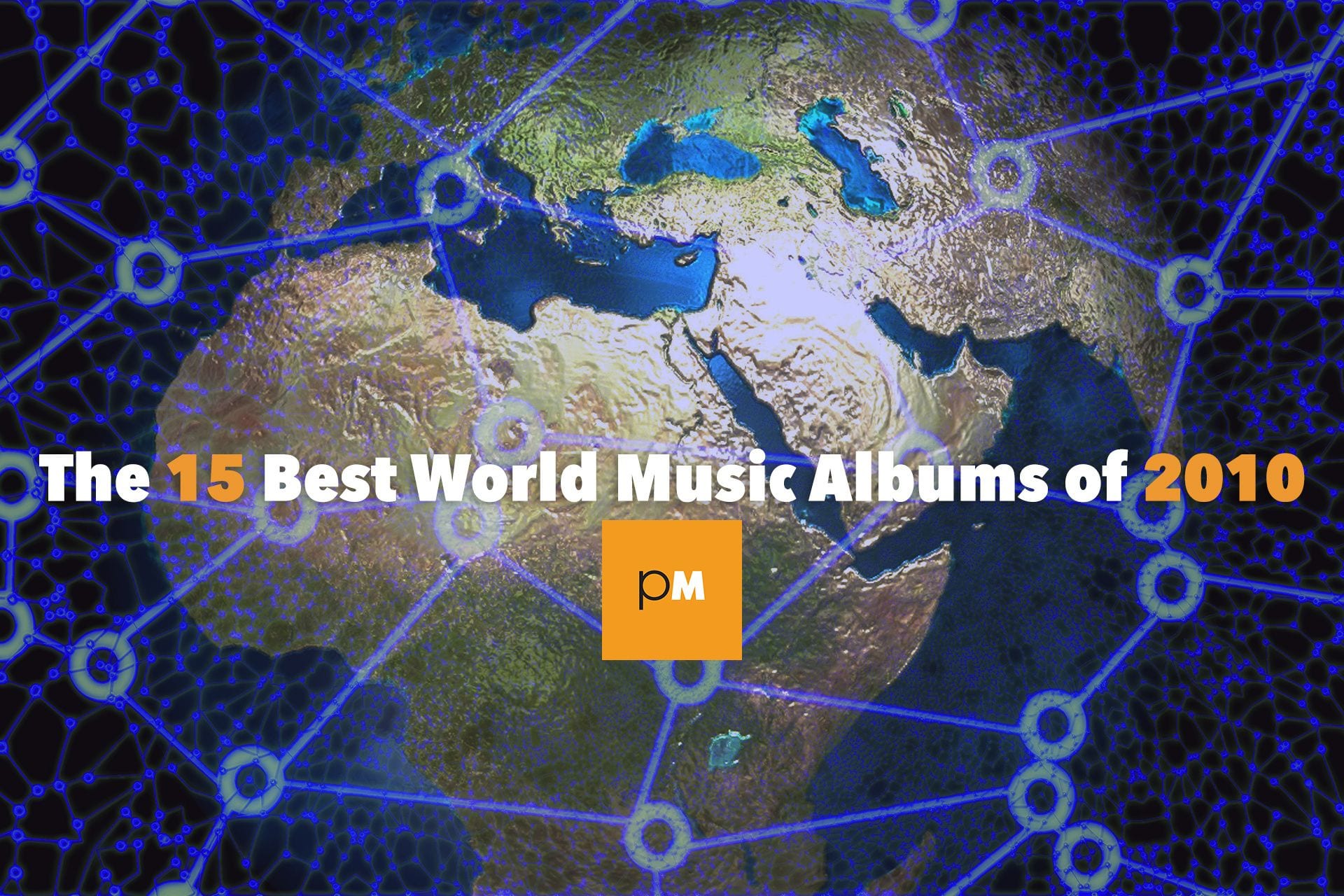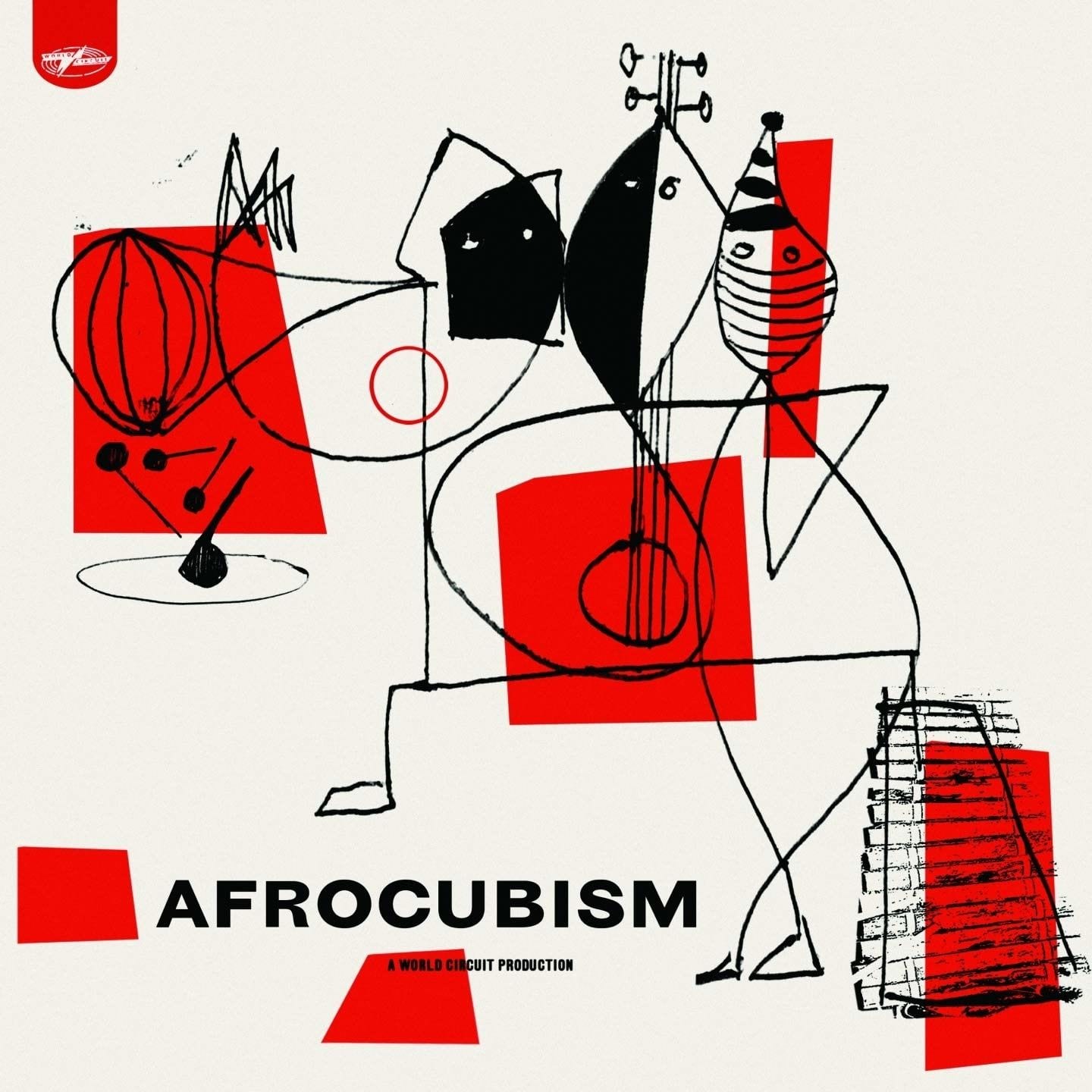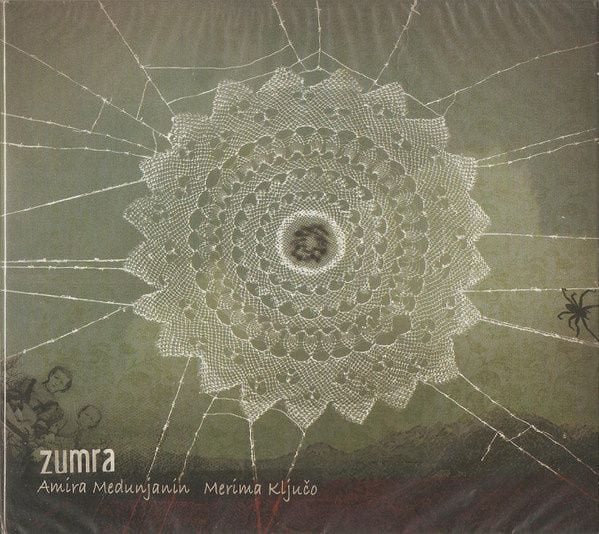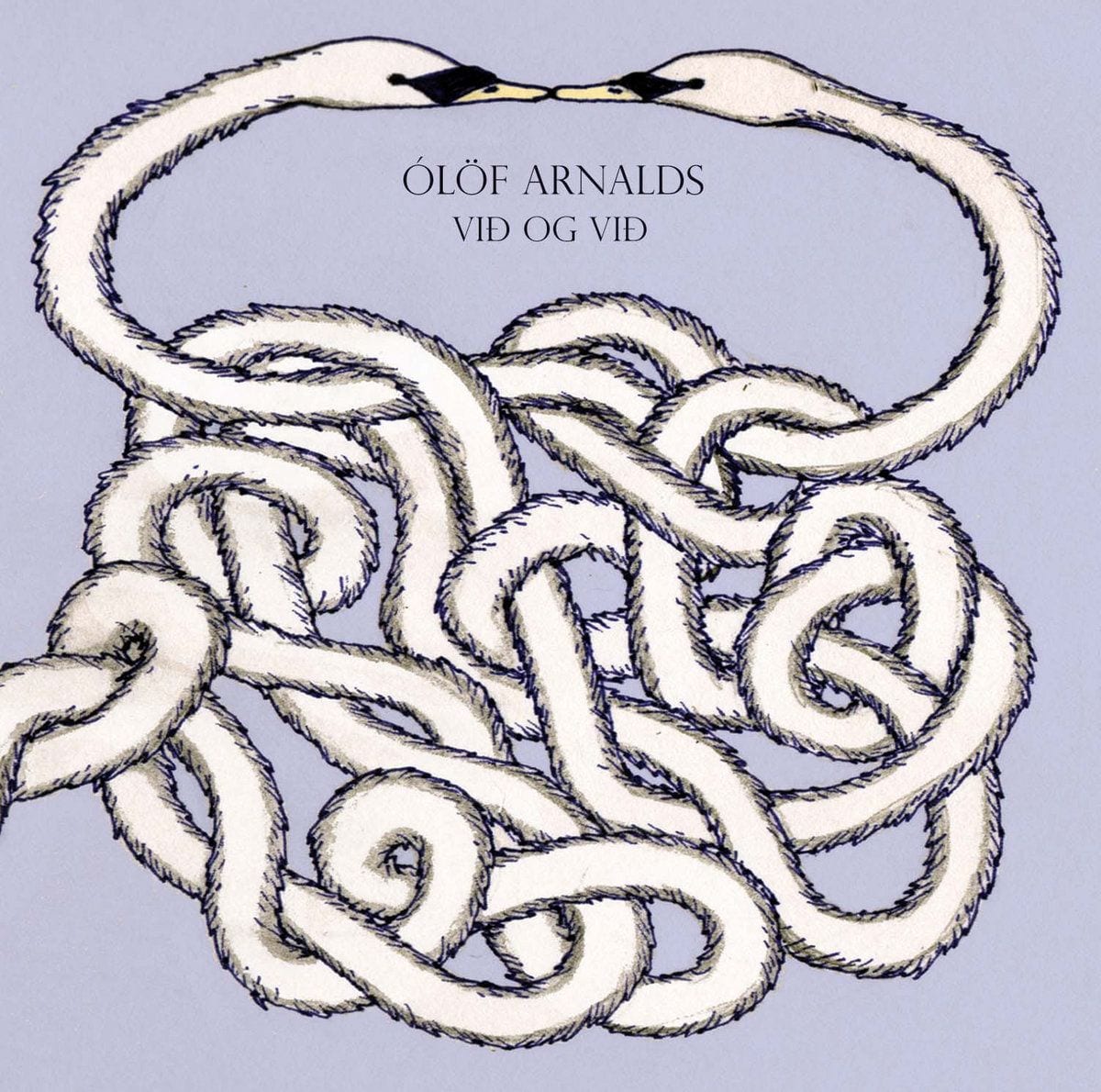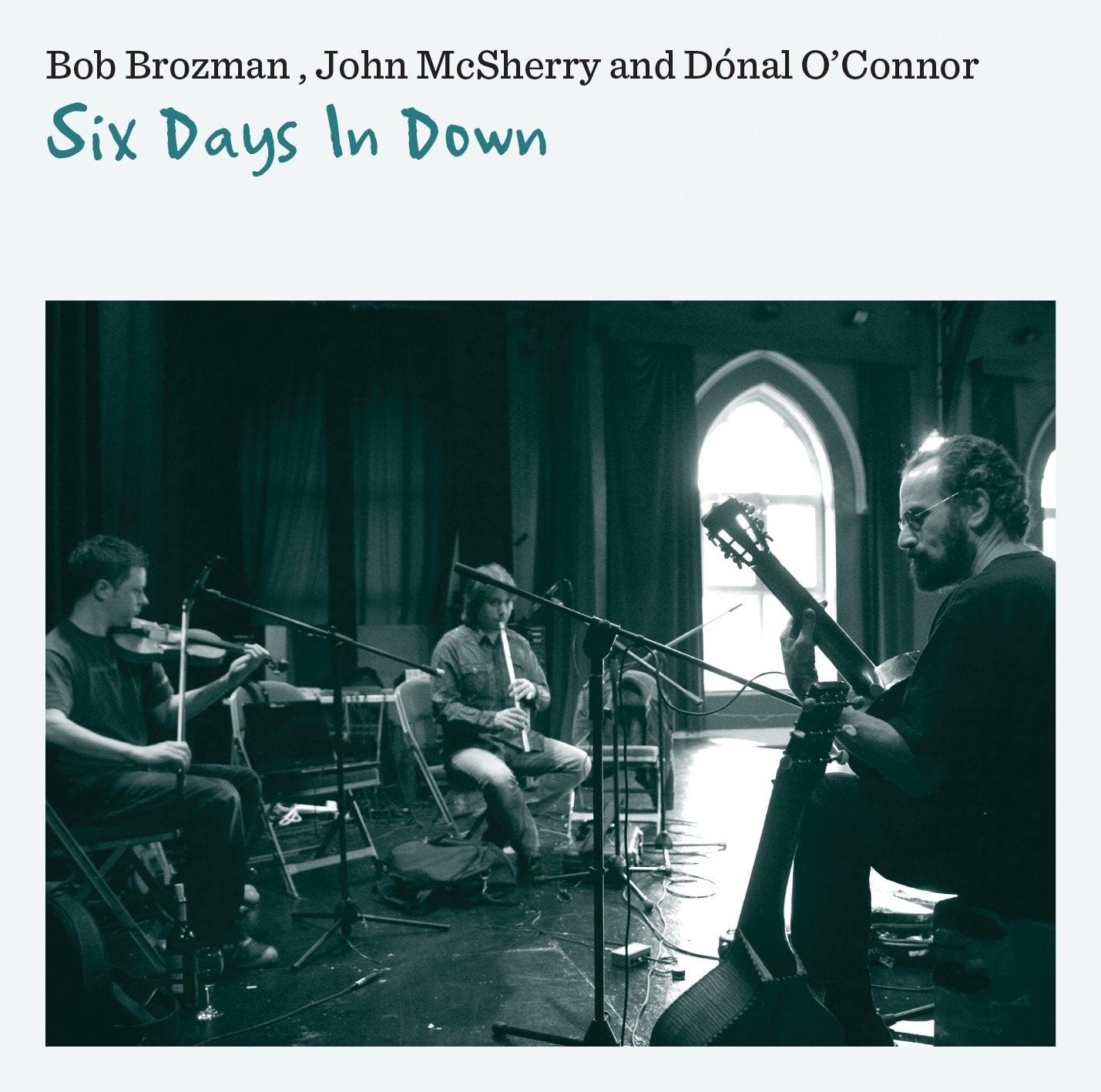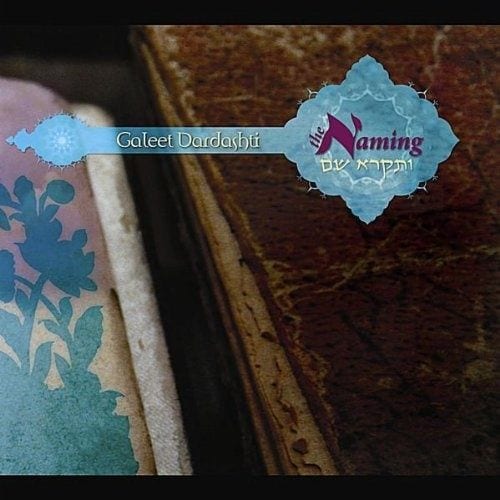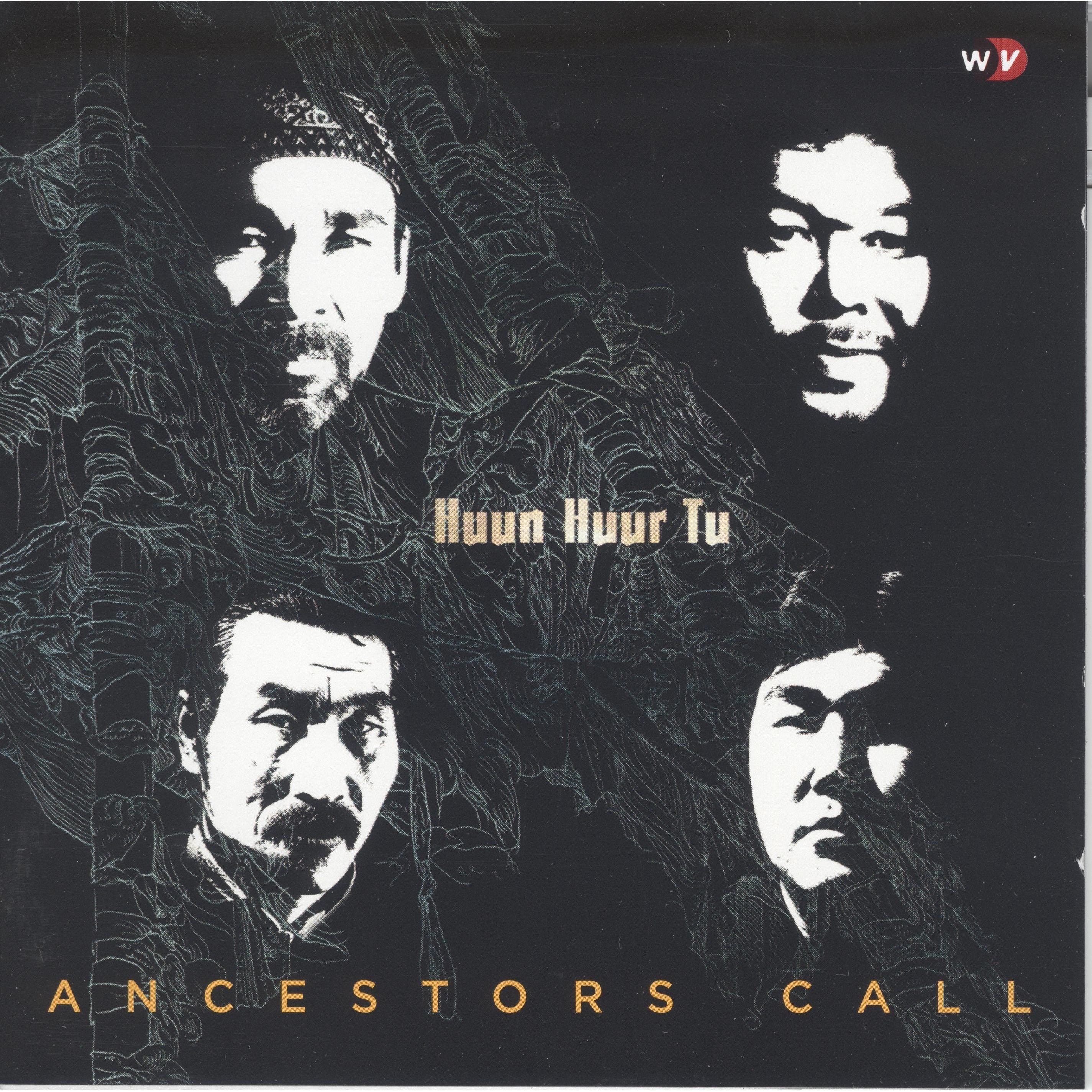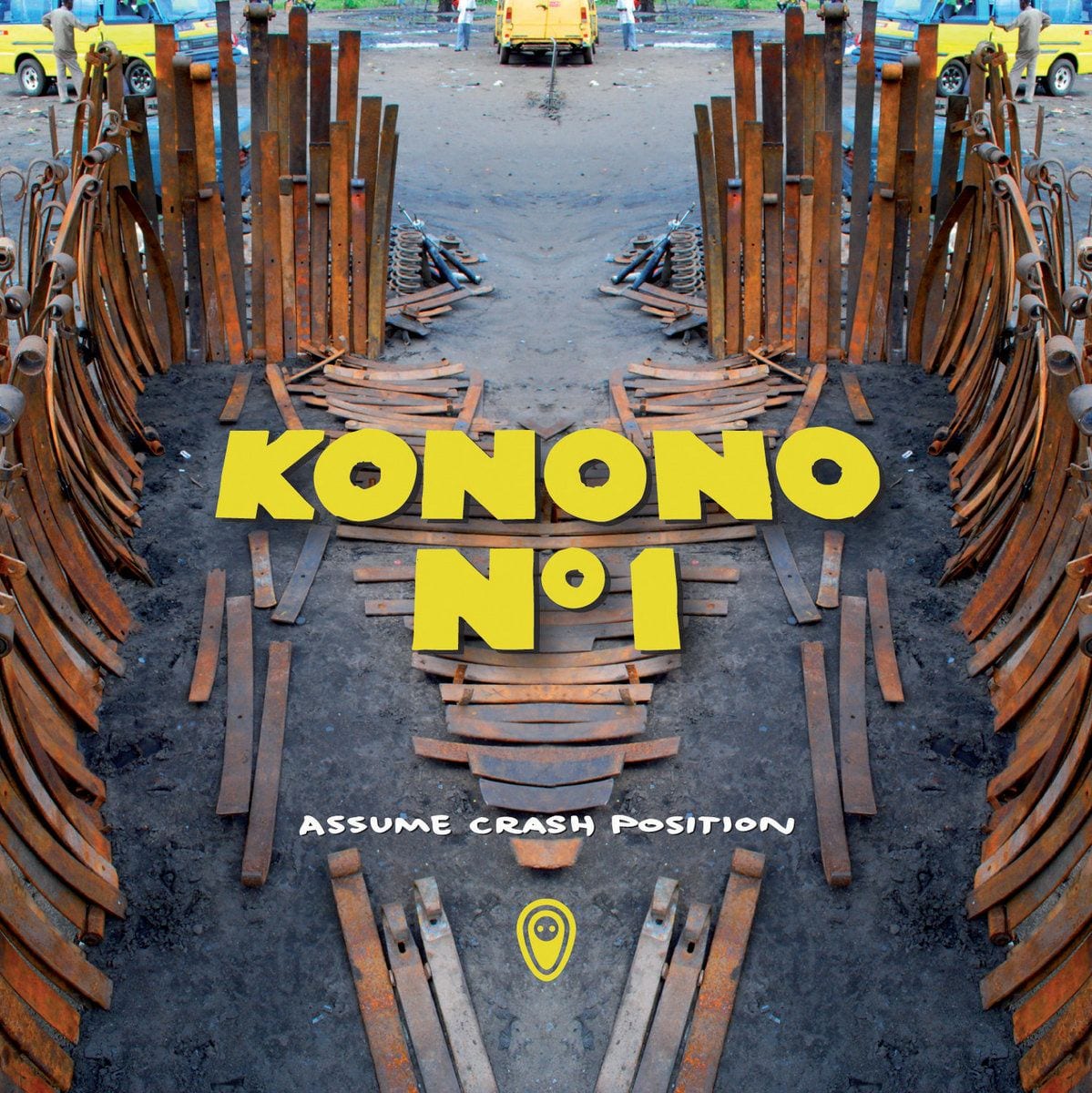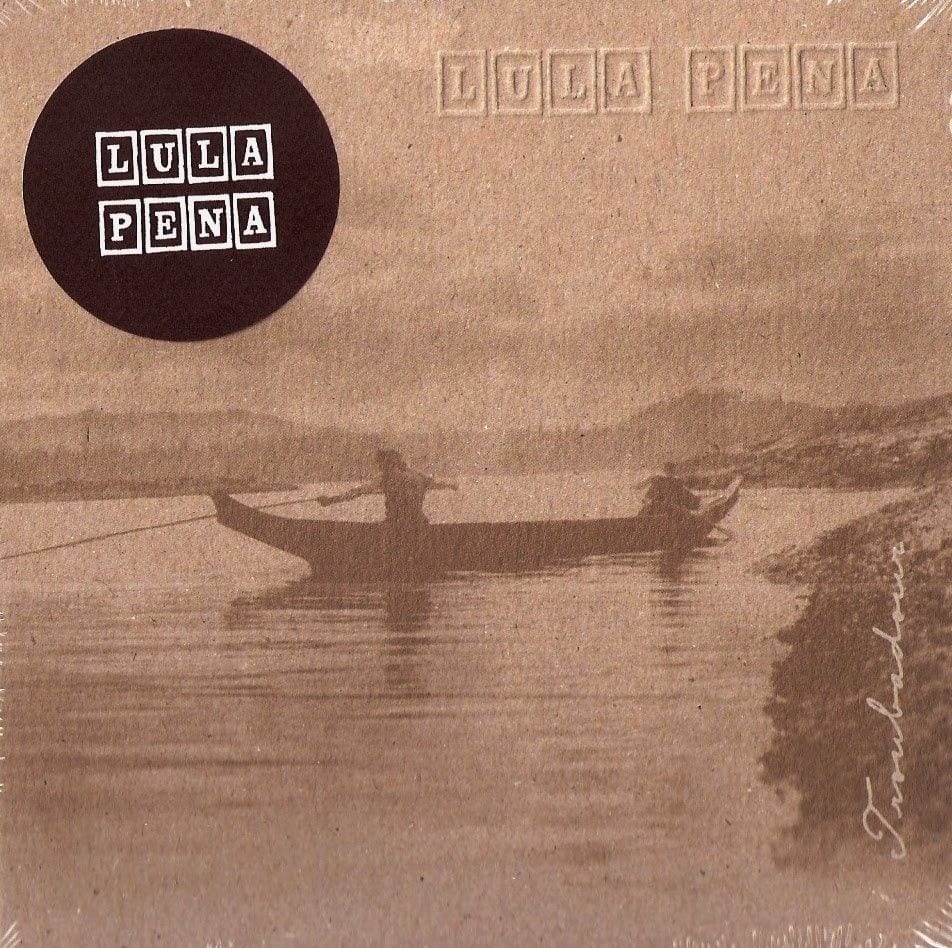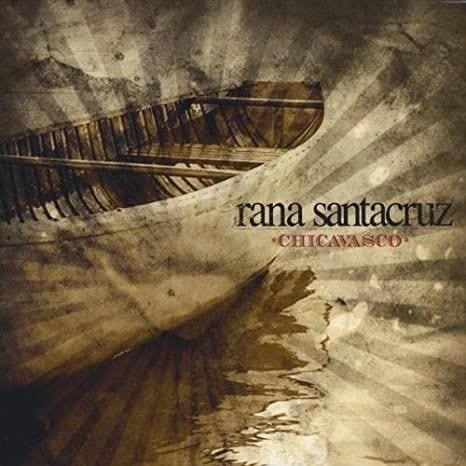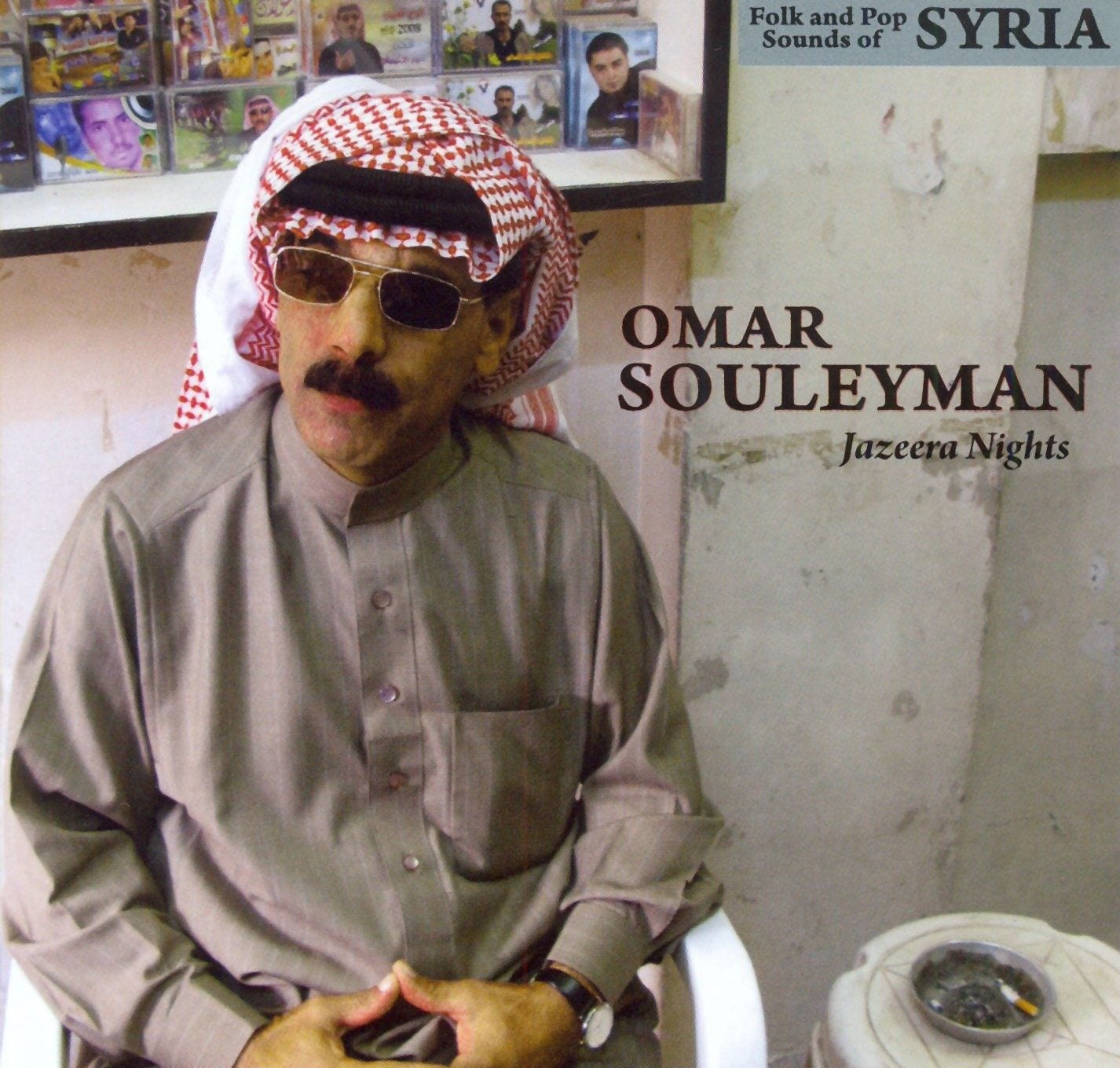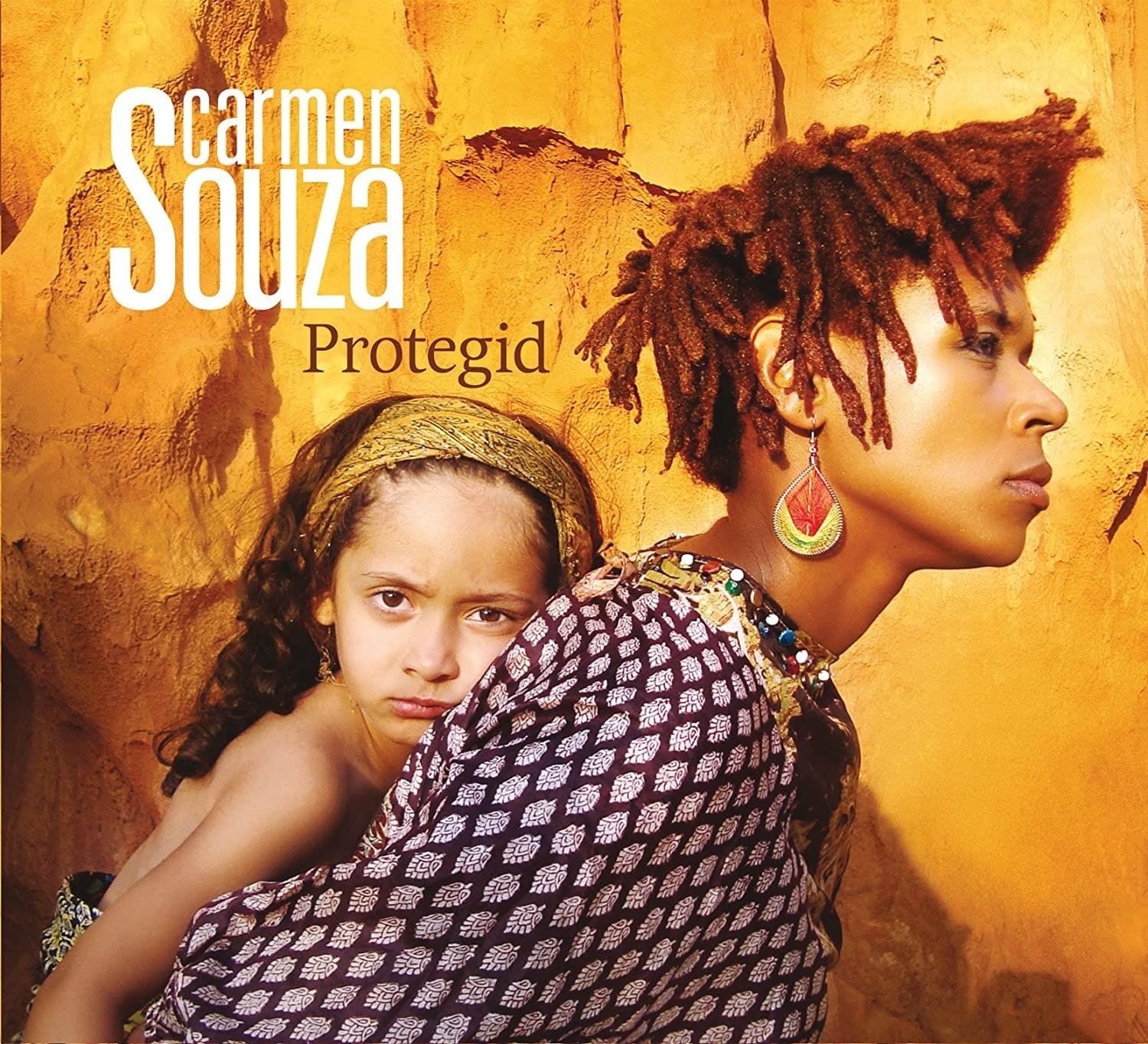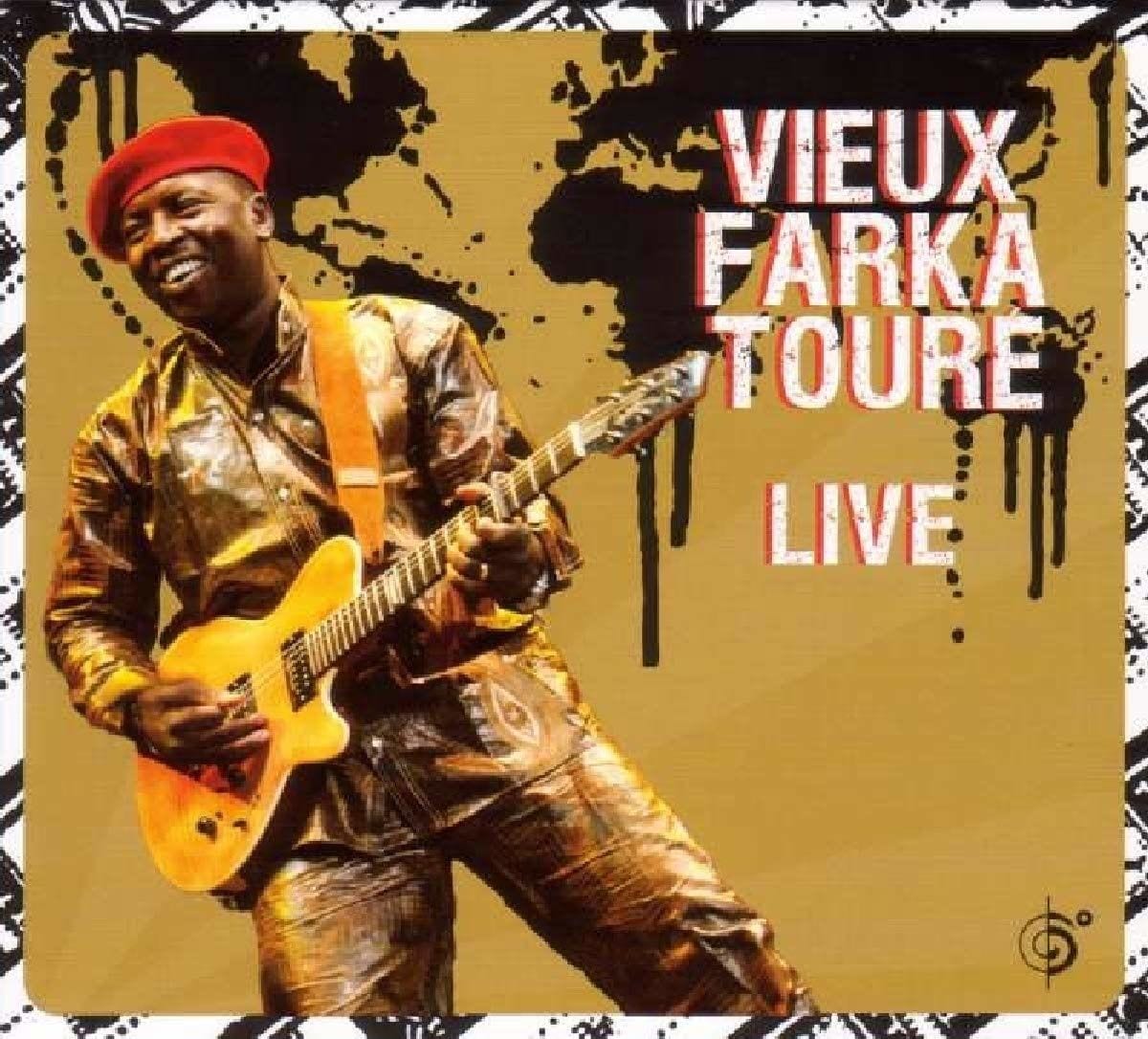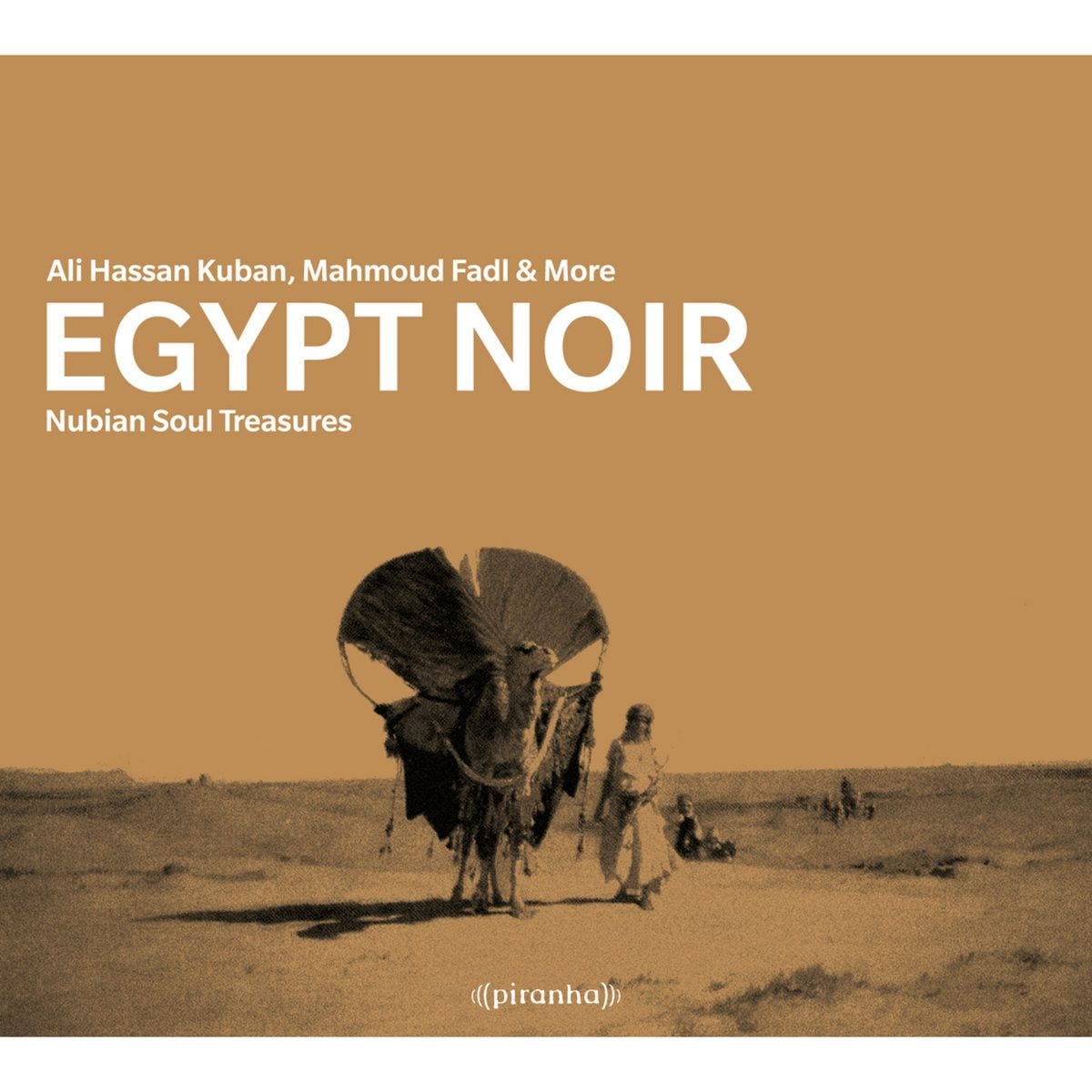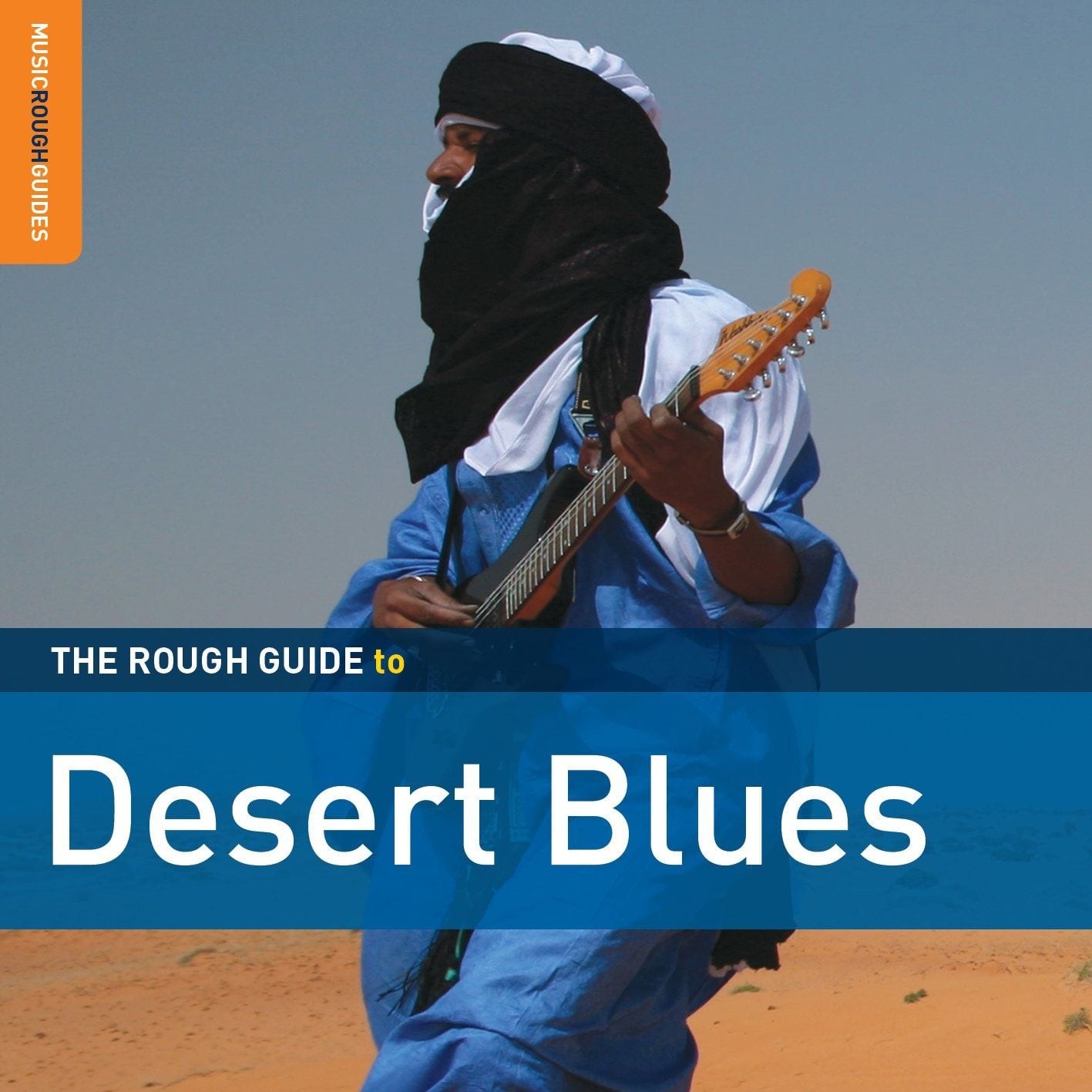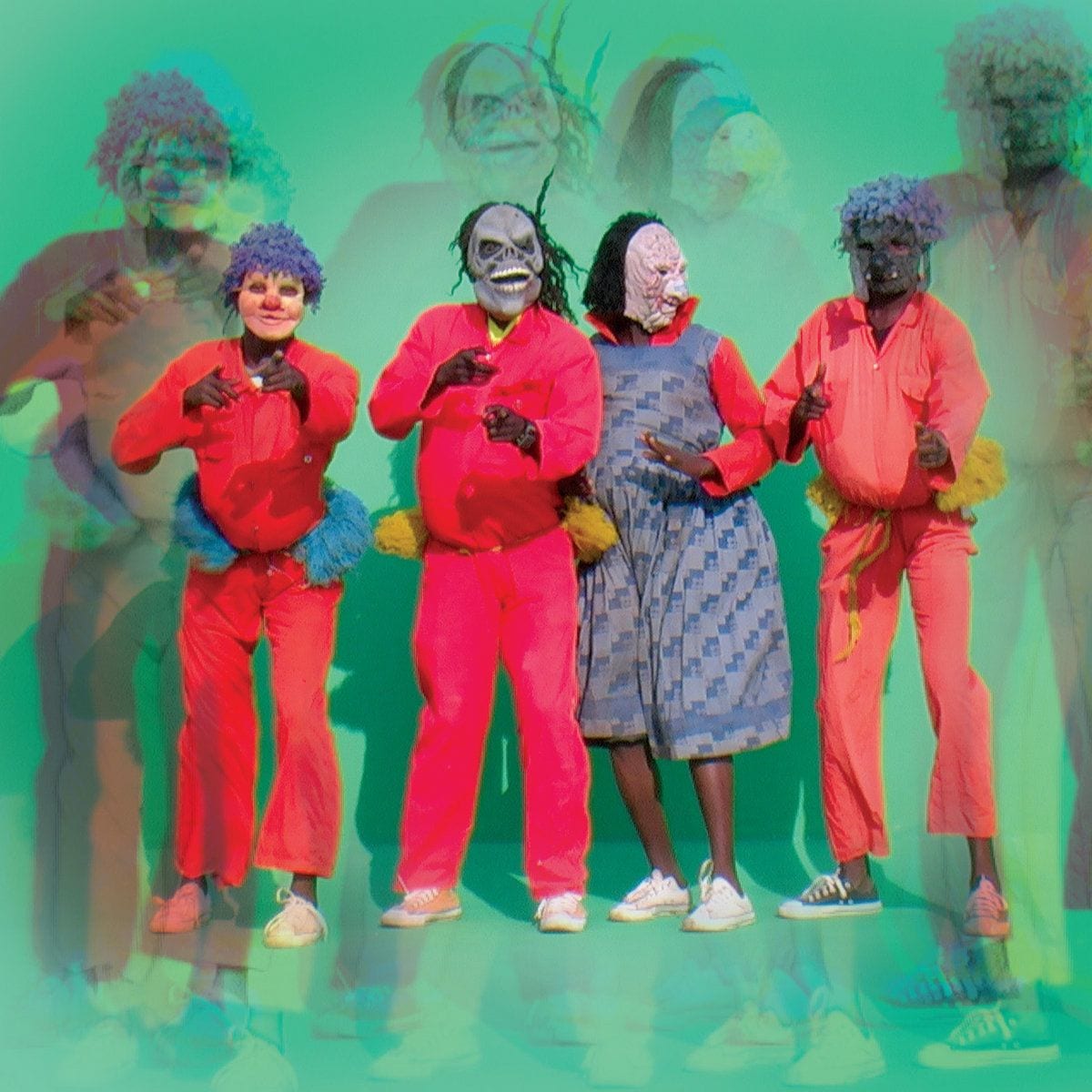As in past years, Africa continues to dominate the world music scene in 2010 — or at least, it seems to dominate Western perceptions of what “world music” might be. Partly this is because the continent itself is so diverse, reflected in music that ranges from Arab-influenced rai to Malian “desert blues” to the rich traditions of South African township music — and everything in between. And partly, perhaps, it is because the CD review copies that most often fall into reviewers’ hands seem to come from African musicians.
The past year has also seen a continuation in the trend of reissued African funk and soul from the 1960s and ’70s, much of it made available in the West for the first time. Labels such as Soundway, Analog Africa, and Strut continue to dig up nuggets of Afro-funk and Afro psychedelia which, although sometimes decades old, nonetheless sound fresh and exciting to Western ears. Then there is the continuing Éthiopiques series from Buda-Musique, which is now reissuing sounds from the earliest era of recording in Ethiopia. The cumulative effect of all these reissues, many of which are hugely entertaining, is to reinforce the idea that Africa has been a hotbed of musical innovation and crossover for many years.
That said, the new vinyl archeology could be seen at work in all areas and all eras of recorded music. There was the Fela Kuti-inspired Black Man’s Cry from Now Again, which looked to Trinidad and Colombia for obscure takes on Afrobeat. Spain’s Vampisoul put out amazingly detailed collections of Colombian and Peruvian pop, funk, and soul from the 1960s and ’70s. Finders Keepers’ Pomegranates compiled Persian psych-pop from the same era, while the ever-fascinating Sublime Frequencies unleashed collections of ’60s soul from Saigon and Beatlesque pop from Jakarta. Jonathan Ward’s wonderful blog Excavated Shellac uncovered its first vinyl compilation, while the London-based label Honest Jon’s followed previous raids on the EMI archives with a beautifully produced set of remastered Turkish performances from the early recording era in Istanbul.
Musicians who do not perform in English have always had some sort of traction in the English-speaking world, even if only through covers (“Rum and Coca Cola”) or exotifications of their music, or borrowings, or collaborations, or outright stealing (compare Rod Stewart’s “Do You Think I’m Sexy” to Jorge Ben Jor’s “Taj Mahal”). The 1980s and ’90s saw a number of those musicians become stars, or at least figureheads in the World Music section of the music store. Salif Keita was one, Cesaria Evora was another; the Buena Vista Social Club, Orchestra Baobab. The aforementioned trend of vinyl archeology has brought other veterans acts to light, such as Benin’s Orchestre Poly-Rythmo de Cotonou, or Ethiopia’s Getatchew Mekurya and Mulatu Astatke. Some of those musicians are sometimes castigated for their lack of innovation, but it should be noted that those tall trees have provided ground cover where other trees can grow. For instance, Evora’s morna sameness lays the groundwork for Carmen Souza’s inventive morna fusion.
With all this unearthing of vintage sounds and settled spreading of veteran performers, it’s important to remember that there’s plenty new going on. To take Africa as the benchmark again, established musicians such as Keita and Astatke are issuing new records, along with young-but-established artists like Vieux Farka Touré and Bassekou Kouyate, while artists such as Khaira Arby are making international waves for the first time. There is an abundance of new, exciting music out there — and if it sometimes seems like too much to keep track of, well, that’s what compilations like the Rough Guide series are still there for.
The following list, organized alphabetically by artist, represents a selection of notable albums from late 2009 and 2010, as chosen by three writers who listened to a fair amount of international music but who, as always in these matters, could not possibly hope to sample as widely as they or their readers might have wished. Lack of time, funds, knowledge, and access all combine to make this an inevitably biased list, but one which hopefully touches on some of the ways in which world music continues to surprise and delight us.
AfroCubism – AfroCubism [World Circuit/Nonesuch]
It may steal its title from an album by the Either/Orchestra. It may have the sheen of a typically plush World Circuit production, its perfect digital soundspace a world away from the tinny danger of an Omar Souleyman or a Group Doueh. And, with a marketing line that tagged it as “the original idea for the Buena Vista Social Club”, it may be designed to capitalize on that still-running bandwagon. But when you hear the results of this collaboration between singer-guitarist Eliades Ochoa, ngoni master Bassekou Kouyaté, electric guitarist extraordinaire Djelimady Tounkara, and assorted Diabatés (kora god Toumani, singer Kasse Mady, balafoniste Lassana), it’s clear that this is a brilliant fusion of West African and Cuban styles. As well as the new tunes on offer, it’s thrilling to hear familiar numbers reinvented. “Jarabi”, a staple in the repertoire of Toumani Diabaté and Ali Farka Toure, is given Cuban clothes, while old chestnut “Guantanamera” is treated to a revelatory guitar, ngoni, and kora improvisation. – Richard Elliott
Amira & Merima Ključo – Zumra [World Village]
Sevdah is related to fado — both of them contain trace elements of the dead Ottoman Empire — but while the Portuguese music has achieved an international profile on the backs of divas, the Bosnians have found themselves neglected. Amira, who is more of a collaborator than a diva, unites herself with Merima Ključo, an experimental orchestral accordionist, in this melancholic and expressive album. Zumra is an argument in favor of sevdah‘s flexibility, its vocabulary, and its potential. – Deanne Sole
Ólöf Arnalds – Við og Við [One Little Indian]
The English-speaking world has shown such a penchant for Icelandic naïf indie that it’s hard to know, without actually going there, whether the music really is like that, or if we’ve only trained our labels to provide us with this one sound and ignore the rest. Ólöf Arnalds is Prime Queen IceNaïf, eccentric and warbling, fragile and fine as a teacup, a member of the NaïfAristocrat House of múm. Við og Við is her first solo release. The strange sureness of her warble prompted me to put this album on our list. Purity so assured seems almost supernatural. – Deanne Sole
LISTEN: Bandcamp
Bob Brozman, John McSherry, and Dónal O’Connor – Six Days in Down [Riverboat]
Uillean piper John McSherry and fiddler Dónal O’Connor, two of Ireland’s many standout traditional musicians, team up with guitarist Bob Brozman to produce an album of traditional tunes with a sly, understated twist. There’s nothing here to offend any but the most puritanical trad-lovers, yet Brozman’s quiet guitar slides add a flavor to a familiar set of instrumentals that renders them quietly off-kilter. Lovely vocals by Stephanie Makem bring another layer to the mix on a couple of the songs. This is a quiet, introspective record for the most part — no wild guitar solos thrown in amid the jigs and reels — but a compelling one regardless. Irish/Middle Eastern fusion “Beer Belly Dancing” adds a bit of whimsy and lets you know that the musicians involved are primarily interested in having a good time. – David Maine
Galeet Dardashti – Naming [Independent]
Brooklyn-based Dardashti offers a set of tunes inspired by women of the Torah — Sarah, Sheba, Dinah, and so on. It’s a clever conceit that wouldn’t amount to much, except that her pipes are equal to the task of rendering these lovely, difficult songs. “Dinah” surges along on waves of violin and hammer dulcimer, while “Vashti” couples a lower register with a sense of distinct longing before breaking into a tune that is as compulsively danceable as it is melancholy. With a range that can swoop from a murmur to a howl in a few moments, as it does on the album’s lead track “Michal”, Dardashti explores a synthesis of Middle Eastern and Persian musical styles, with a heavy pinch of modern-era programming and beats, to create something memorable and compelling. – David Maine
Huun Huur Tu – Ancestors Call [World Village]
The four members of this premier Tuvan folk ensemble are not enfants terribles in the style of ex-member Albert Kuvezin; no, they’re turtles to his hare, and on this album they’re recording one of the songs for the third time (“Orphan’s Lament”) and others for the second time. But the way they do it: that’s the key! The acoustic layering of igil, flute, etc, is getting darker and richer in the style of a very deep electronic soundscape without losing its traditional shape, and the throat singing is as good as ever. Back at the beginning of the ’90s, when this ensemble was formed, Tuvans were known, where they were known at all, for throat singing alone, a novelty niche style, but Huun Huur Tu have built themselves up into something more than exponents of xoomei. Even without it, they’d be superb. – Deanne Sole
Konono No. 1 – Assume Crash Position [Crammed Discs]
Assume Crash Position was abrasive, brilliant proof that Congolese trance masters Konono No. 1 were not to be classed as a temporary hip trend, but that theirs was a sustained and grounded aesthetic that predated and superseded comparisons with European experimental rock, trance, and electronica artists. Papa Mingiedi’s group has been honing its unique take on bazombo trance music for around four decades. Here, Mingiedi explores the extent of that history, delving into numbers performed by the first incarnation of the band and also slyly employing the talents of a young Konono tribute band from Kinshasa who mimic the distinctive distorted likembé sound with electric guitars. Highlights abounded — from the epic likembé-and-drum workouts “Wumbanzanga” and “Konono Wa Wa Wa” to the praise song “Makembe” and the closing track “Nakobala Lisusu Te”, a meditative solo performance by Mingiedi. – Richard Elliott
LISTEN: Bandcamp
Lula Pena – Troubadour [Mbari]
2010 proved to be another successful year for Portuguese fado and its derivatives. The fourth album by the brilliant young fadista Ana Moura received international distribution, while the second album by Deolinda was met with only marginally less acclaim than the group’s debut. But the real surprise came with the long-awaited follow-up to singer-guitarist Lula Pena’s classic 1998 album [phados]. Troubadour followed closely in its predecessor’s footsteps, offering up a stark, haunted take on fado that took in Portuguese folk music, French chanson, Latin American nueva canción and Anglo-American pop, all stripped down to the wood. Over seven longish “Acts”, Pena wove fragments from other writers into her own songs, using voice, guitar, and silence to mesmeric effect. Her take on the Amália Rodrigues classic “Fado de Cada Um” is startling, as is the closing number that mixes two distinctly non-fado songs, Eden Ahbez’s “Nature Boy” and Mirah’s “Pollen”. – Richard Elliott
LISTEN: Bandcamp
Rana Santacruz – Chicavasco [Oasis[
I was at a Thanksgiving dinner when one member of the family told me that another member of the family played musical instruments. “What kind of instrument does he play?,” I asked. “The piano,” she said. “And the accordion.” She laughed. “Who plays the accordion anymore!” Oh! I thought. Like Rana Santacruz! Mexican by birth, now based in New York City, Santacruz plays the accordion in a style you could call international indie folk-rock, or something equally vague. There’s some Mexican in there, some U.S. country, something like a sea shanty, all done with the odd tenacious thin-tough quality of Zach Condon’s Beirut. The publicity looks on him as a kind of Sign, a sign that the ethnic makeup of the U.S. is changing, something unique to the northern Melting Pot, but you could probably go to various parts of Latin America and find similar noises. He’s just very good at it. – Deanne Sole
Omar Souleyman- Jazeera Nights [Sublime Frequencies]
This is the third collection of recordings from the Syrian dabke master released by maverick U.S. world music label Sublime Frequencies. The sound is as startling as ever, as Souleyman’s voice — veering between assertive bark and romantic yearning — is mixed with the “Arabic-modified synthesizers” of Rizan Sa’id. Instrumentation and vocals root us in the Levant, but the music takes us on cosmic explorations that leave us with a sense of distance from the music’s source, a feeling underlined by the hissy, tinny sound of many of the recordings, gathered from 15 years of Souleyman cassette releases. The beat invariably wins through, urging us to shut up and dance even as Souleyman is singing about tattooed Bedouin women and tears that will make stones cry. – Richard Elliott
LISTEN: Bandcamp
Carmen Souza – Protegid [Galileo MC]
If Cesaria Evora is morna‘s great international traditionalist, then Carmen Souza deserves consideration as its up-and-coming innovator. On this album, which fuses old-style Cape Verdean lament with Ella Fitzgeraldean jazz, she sings as if every syllable deserves its own complex personality. The fusion is smart, and the delivery has soul — soul and warmth. Protegid is an album of terrific unbarred warmth. – Deanne Sole
Vieux Farka Toure – Live [Six Degrees]
It’s a little rough in spots, as befits a live album, but boy can this fellow play. Fusing traditional African instrumentation and rhythms with a red-hot guitar sensibility, Vieux has moved firmly past his father’s towering shadow. Yes, the album relies a little too heavily on 2009’s Fondo, culling the lion’s share of its tracks from that album; but the energy bursting through is fairly irresistible, as is the fluid guitar and kora work and the dancing, polyrhythmic percussion. And when he tears into “Walaidu”, a highlight from his dad’s landmark Talking Timbuktu collaboration with Ry Cooder, the experience becomes transcendent. – David Maine
Various Artists – Egypt Noir [Piranha]
There have been so many reissues of great music this year, I felt justified in including this one, a truly magnificent sampling of sub-Saharan Nubian musicians working an Afro-Arab fusion of styles in the 1970s. Different from your expected Afro-pop, it isn’t precisely Middle Eastern music either — although that flavor is certainly strong. Highlights include Ali Hassan Kuban’s lively “Bettitogor Agil” and the funky harmonica and wah-wah guitar of Alnubia Band’s “Kobana”. Soft, breathy vocals from Salwa Abou Greisha alternate with plucked oud lines on “Galbi El Atouf” before the song breaks into a soft, insistent shuffle as unexpected as it is captivating. – David Maine
LISTEN: Bandcamp
Various Artists – The Rough Guide to Desert Blues [World Music Network]
Another compilation, though this one at least is concerned with a musical movement that is very much contemporary. Ever since Tinariwen burst into the world’s musical consciousness a few years ago, interest has mounted in other bands that plow similar musical ground. This compilation is a fine place to start for anyone looking to explore the music of western Africa, particularly the arid climes of Mali, Mauritania, and Western Sahara. Featuring “Tenhert”, one of the strongest tracks from Tinariwen’s latest album, as well as contributions from Tinariwen alums Terkaft, the Rough Guide is truly a revelation in its lesser-known contributors such as Mariam Hassan and Malouma, both of whom deliver standout cuts featuring gale-force vocals. The album includes an entire bonus disc featuring a 2008 album from the excellent Etran Finatawa, who also released a new album this year. – David Maine
Various Artists – Shangaan Electro [Honest Jon’s]
Shangaan electro is a form of dance music popular among the Shangaan people who live between southern Mozambique and the South African provinces of Limpopo and Johannesburg. It’s characterized by the combination of hyper-fast beats (180 bpm on average), warped electro instrumentation that places a strong emphasis on sampled marimba, and slower-paced traditional elements such as chanting and hand claps. This mixing of temporal registers makes the music weird and compelling and provides one of the most distinctive styles around. This typically excellent compilation from Honest Jon’s gathers material from Tiyiselani Vomaseve (traditional Shangaan music with “marimba bass”), Nka Mwewe (township choruses with frantic, dance-oriented beats), the mask-wearing Tshetsha Boys (bizarre costumes, frighteningly fast dance moves, infectious chorus lines), and others involved in the Shangaan scene. – Richard Elliott
LISTEN: Bandcamp
* * *
This article originally published on 15 December 2010.

